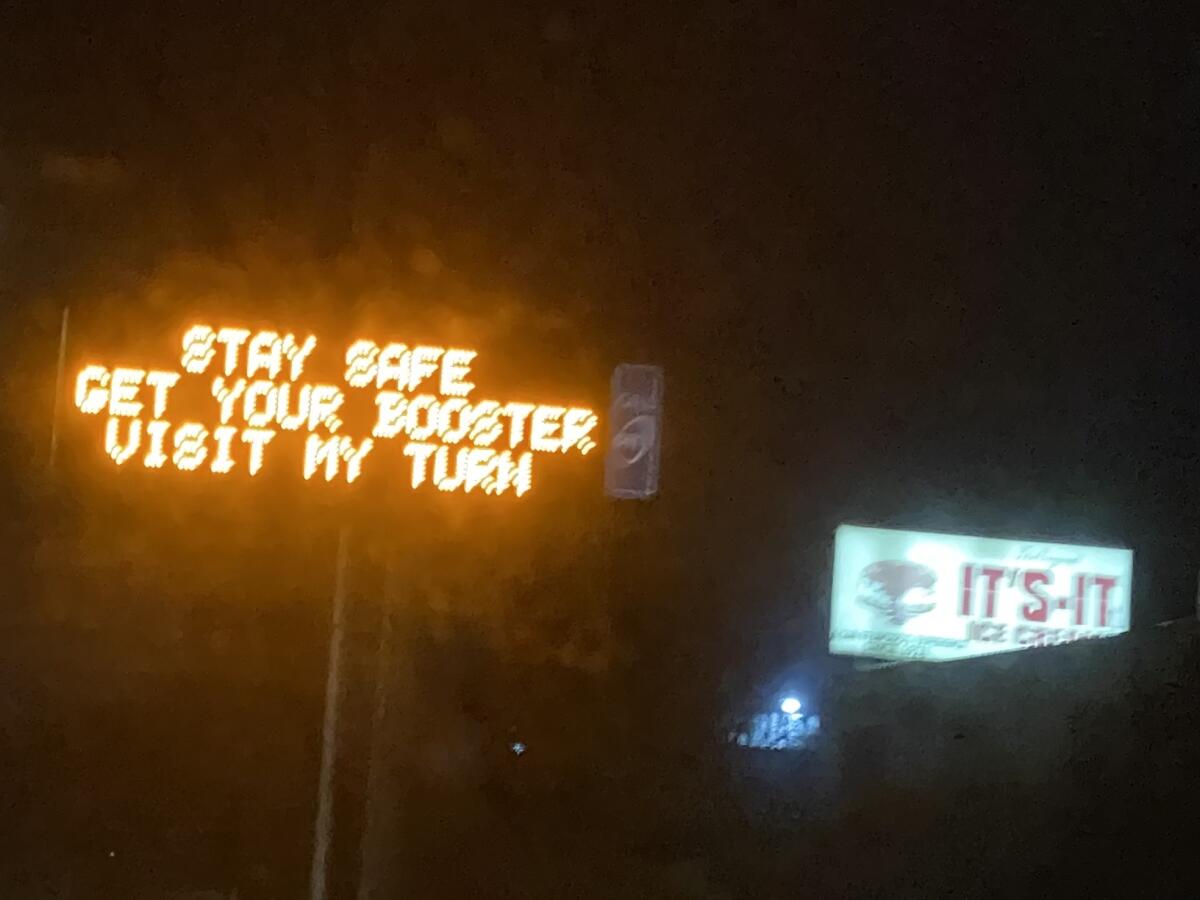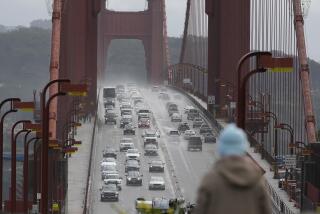Eyes on the road: U.S. agency bans humor from highway signs so drivers keep focus on safety

Cue sad trombone.
Electronic safety messages like âBuckle up, windshields hurtâ or âWeâll be blunt, donât drive highâ will soon disappear from freeways and highways.
The U.S. Federal Highway Administration has chosen 2026 as the year the laughter dies â for good reason, the agency says.
Overhead signs with âobscure meaning, references to popular culture, [and] that are intended to be humorousâ will be banned because they could be misunderstood or are distracting to drivers, administration officials maintain.
States have two years to implement the changes included in the agencyâs recently released 1,100-page manual detailing new rules regarding signs and other traffic control device regulations.
The agency, a part of the U.S. Department of Transportation, stated that signs should communicate âsimple, direct, brief, legible, and clearâ messages.
Backers who want to build a green city from scratch began with secretive land purchases in Solano County. Now they seek to sell county voters on the project.
Officials said electronic signs should display only important information, such as warning drivers about crashes ahead, inclement weather conditions and traffic delays. Messages reminding drivers to wear seatbelts, avoid speeding and driving impaired will also be allowed.
Administration guidelines specify that states can showcase only messages on the signs that are approved as part of traffic safety campaigns. Examples from past campaigns include the informative but decidedly less catchy âUnbuckled seat belts fine + pointsâ and âImpaired drivers lose license + jail.â
In California, the Department of Transportation has used messaging in the past that was intended to tickle as well as teach.
Those phrases, part of messaging campaigns approved by the national DOT, used phrases such as âTailgating is for football, not highwaysâ to remind motorists to be safe.
The state agency, however, will play it straight from now on.
âCaltrans primarily uses [changeable-message signs] for traffic management â for example, when a lane is closed, or a detour needed,â Nicole Mowers, Caltrans public information officer, told the Times.
Mowers said the agency abides by all federal regulations regarding such signs and âbelieves all of its messaging follows federal guidelines.â
More to Read
Sign up for Essential California
The most important California stories and recommendations in your inbox every morning.
You may occasionally receive promotional content from the Los Angeles Times.












